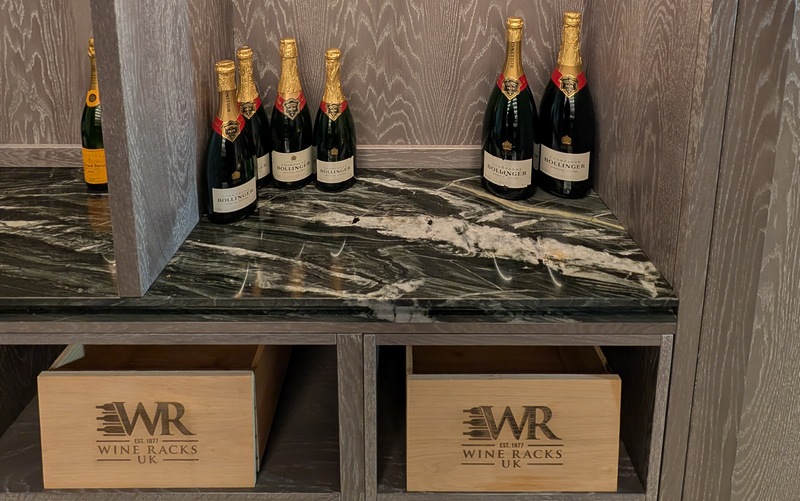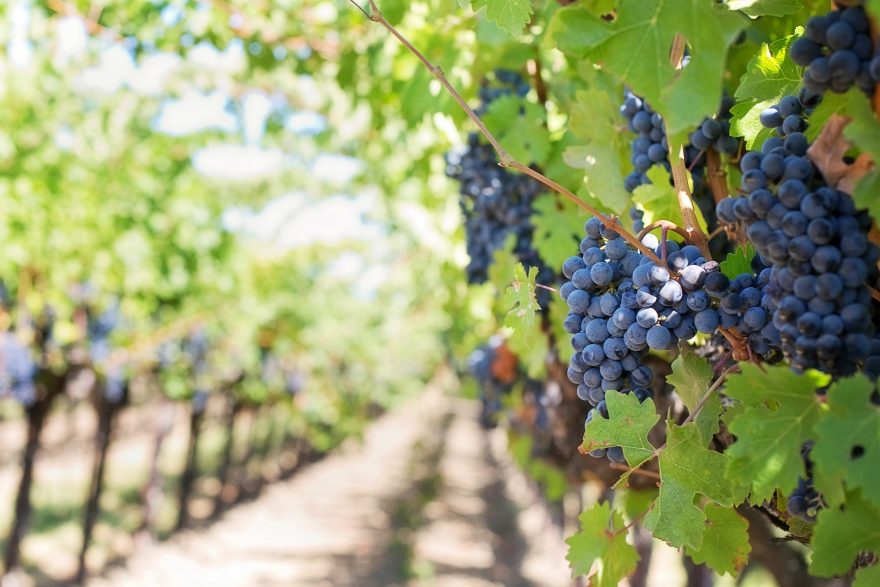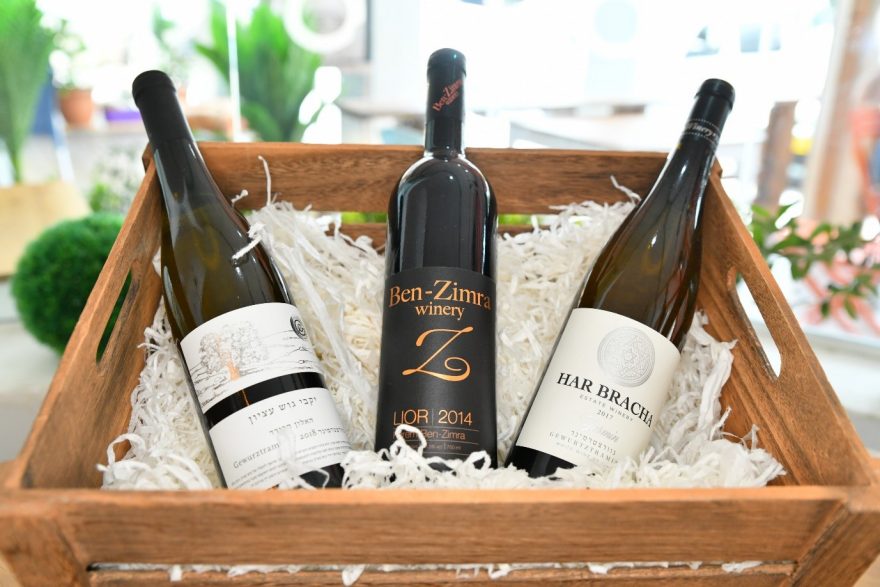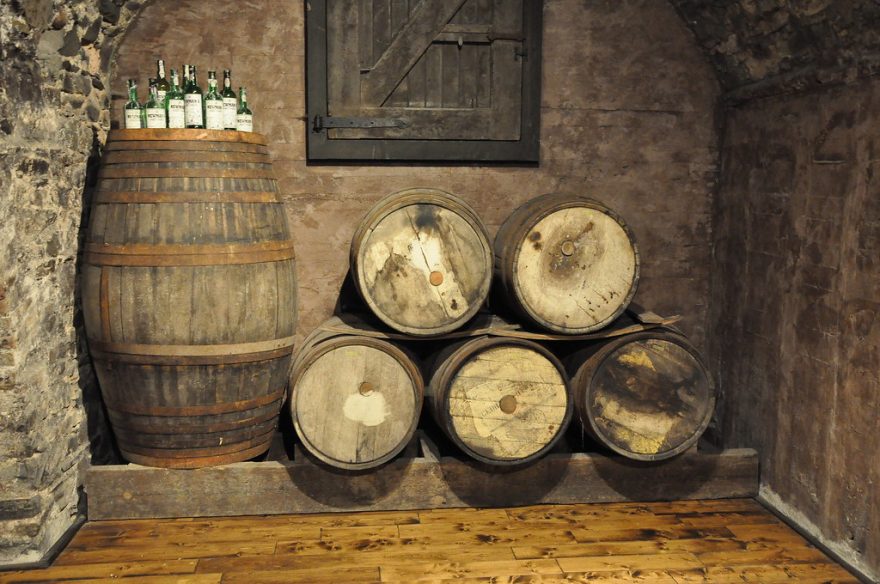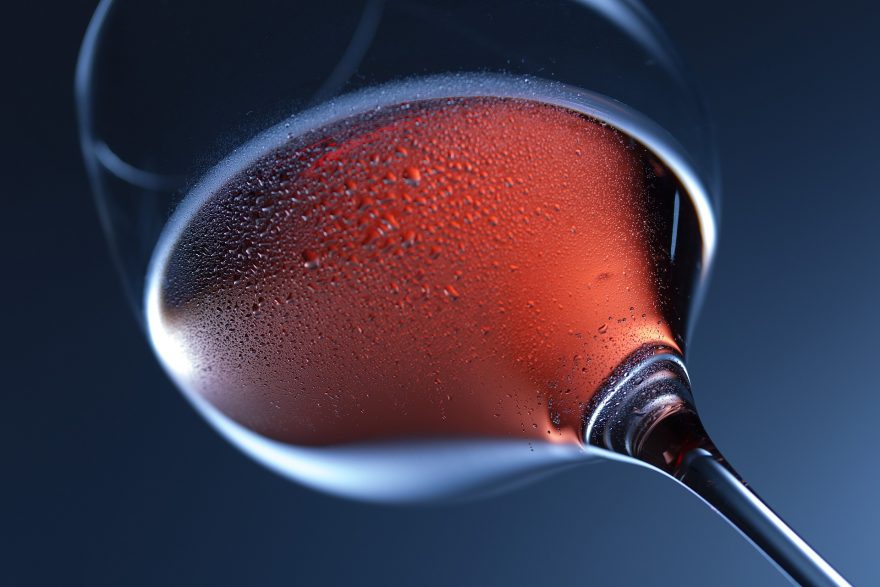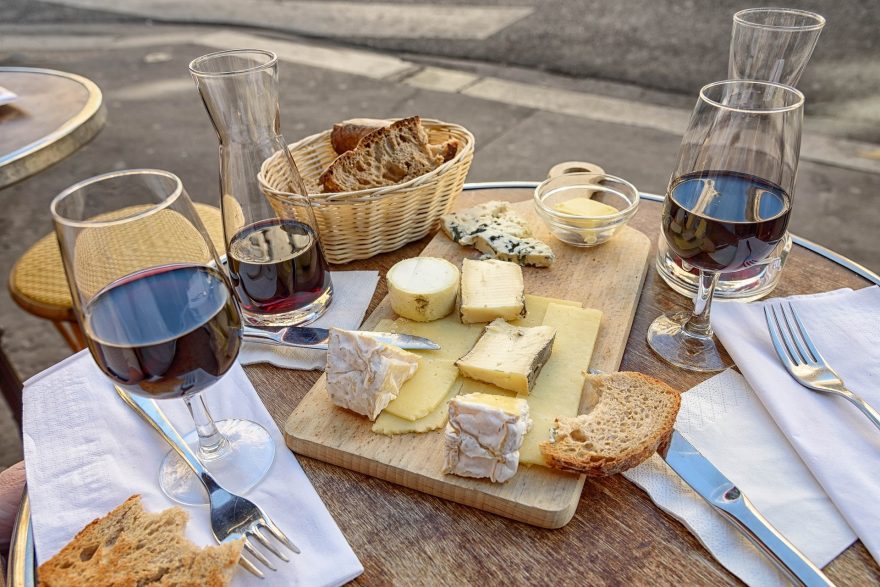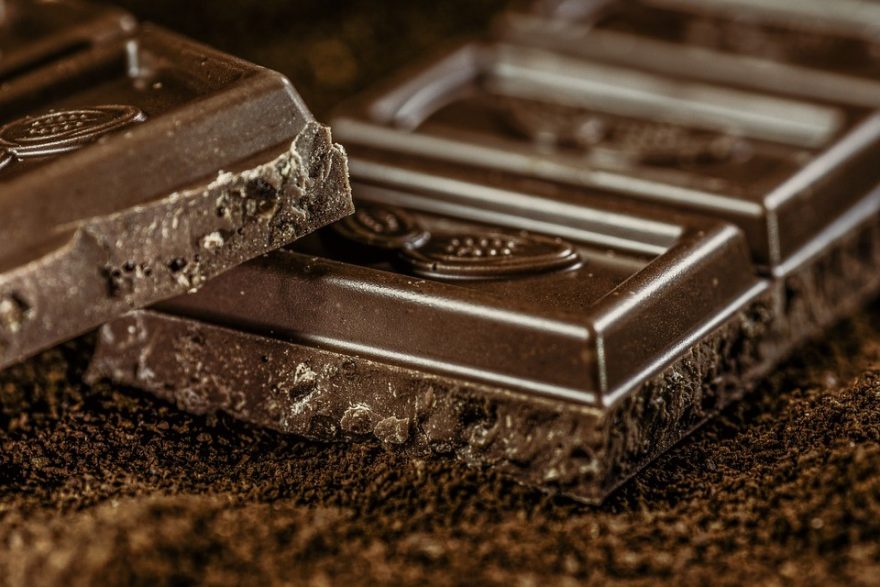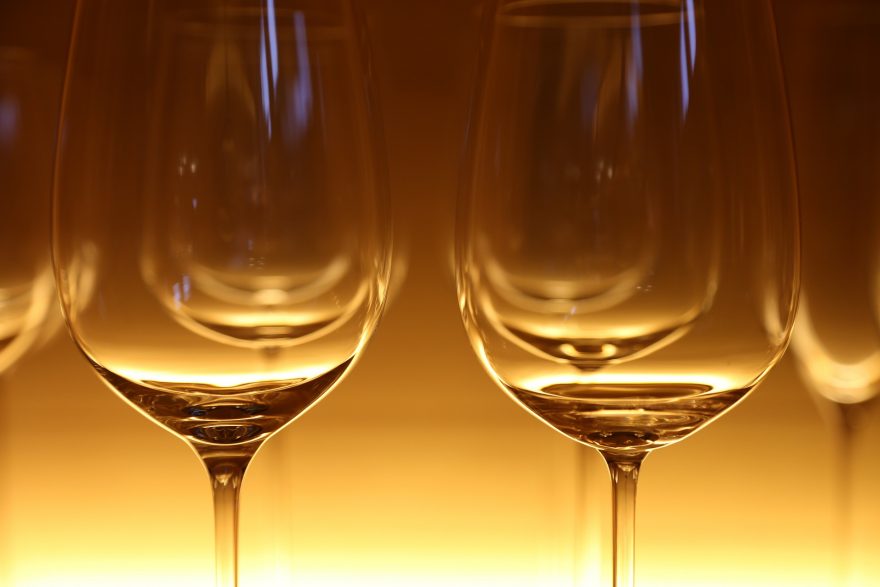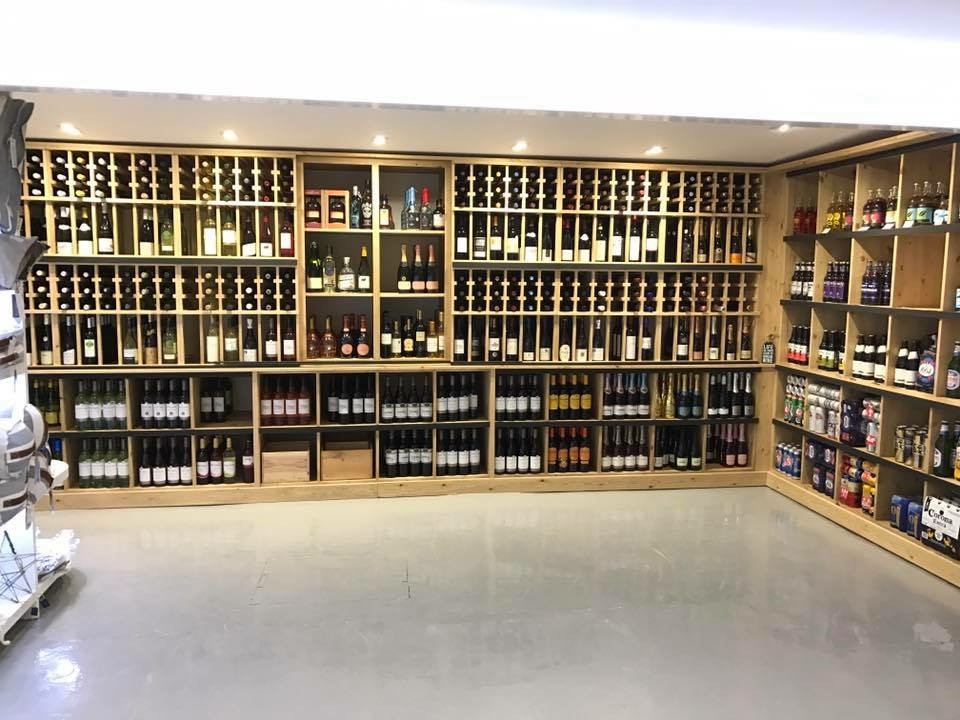Reflecting on a Remarkable 2024 for Wine Racks UK As we bid farewell to 2024, we at Wine Racks UK want to shout out “thanks” and share our pride for the work we have done in the past year. It has been a period marked by the creation of many exquisite wine storage solutions that […]
Read more >